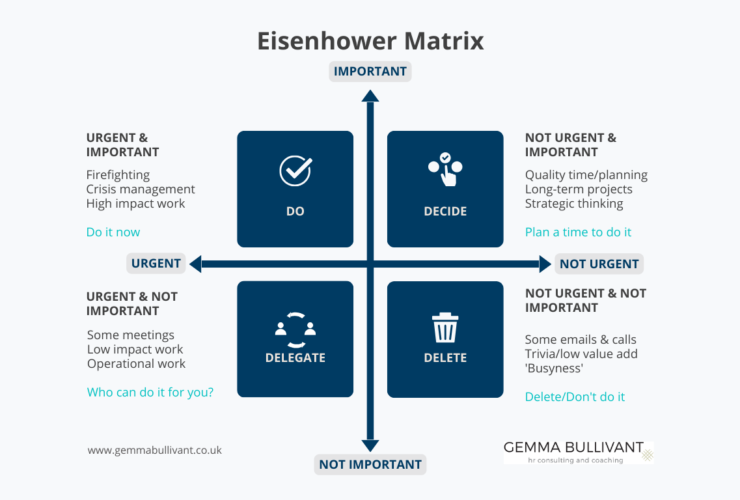Well actually, there is another way to look at this.There are substantiated theories that challenge this idea. They frame strength and weakness as two parts of the same thing. Strengths and weaknesses have also been described as ‘mirror images’ of one another.
Before we look at how you can do that, let’s get a bit more context…
Academic research* has found evidence that interventions rooted in positive psychology, in other words designed to show people that they are more than the sum of their perceived weaknesses, improve well-being and help reduce depressive symptoms.Recognising your own strengths and building on them, builds confidence, resilience and enthusiasm, and this enables you to truly flourish.
What this means for you
1. Address strengths as well as weaknesses
Everyone has a profile of strengths and weaknesses, and this is NOT a bad thing. Who wants to be average?
We should ditch the idea of only addressing ‘areas for improvement’ at the cost of taking focus away from leveraging our strengths. Modern workplaces are very busy training and upskilling employees in areas that they aren’t competent in, assuming that these are the areas with the biggest potential for growth.
In fact, your biggest area for growth is where you already have strength and capacity.
This doesn’t mean we ignore our weaknesses. But focus your time and attention on any weakness that is derailing you, or holding you back. And ignore the rest. If you don’t do this, you won’t leave any time for yourself to continue to develop the stuff you are really good at (and probably enjoy the most).
In short, you’ll hold yourself back from reaching your full potential.
2. Reframe your derailing weakness as an ‘overdone strength’
Think about your weaknesses differently.
Perhaps your biggest letdown, the one that gets you every time, is your tendency to be extremely impatient. You’ve tried to address this before. Be more patient. But you just can’t help yourself. You’re just an impatient person, right? Well, perhaps.
But we can all modify our behaviours if we have the right tools and insights. It could be that when your patience isn’t tested to its limits, one of your greatest strengths is that you are highly responsive and quick to act or solve problems. It is only when it is tested that this particular strength is emphasised to the point that it manifests itself as extreme impatience.
So first and foremost, you are keen to see results, and you are known for being someone who gets stuff done. Focusing your attention on enabling this to be the outcome might mean you can modify your ‘patience’ with the reliance on others to do this. Shifting your mindset to finding ways to get the results you need, without resorting to getting shirty with someone who is slower than you want, might end up a better outcome. Do they need help? Do they have the right skills? What more can be done to get to the outcome quickly?
The same approach can be applied to other so-called weaknesses. Being pedantic might actually be the consequence of having an overly-strong attention to detail.
See how it works?
Essentially your biggest weakness is exactly the same as your biggest strength – it just needs to be regulated to prevent it from becoming a hindrance.
3. Take a team approach
Once you know your own strengths profile, you can do the same assessment of your team.
Identify who has strengths in which area. By playing to those strengths, you not only maximise your team’s output, but you also ensure your team are happy in their work. Give them the tasks they enjoy and excel at and everybody wins!
Ensure that when you are building a development plan for your team, you pay as much attention to their strengths as to their weaknesses. Focus only on the weaknesses you see as derailing them in some way and find ways to reframe these areas for improvement in terms of a strength that could be regulated.
What is it like at your workplace?
Are people encouraged to develop their strengths or their weaknesses?
How you can change the mindset in your organisation
The way you naturally think about things isn’t better or worse than anyone else, it’s just different! If you can understand this, you can recognise your true strengths and focus on using them effectively, rather than only seeing ‘weaknesses’ as negatives that need to be changed.
It is interesting to think of strengths and weaknesses as the same thing. Often it is not a concept that people will be aware of. So why not make them aware? Change the perception so that you can utilise people’s strengths and overhaul the negative perceptions of their ‘biggest weakness’.
Sometimes when you are on the ground and in the thick of things, it is hard to see the wood for the trees. That is why it can be helpful to gain an outsider’s perspective. One of the key aspects of my role as an executive HR coach is to identify strengths and help you play to them. So if you are interested in maximising the true potential of you and your team, then why not get in touch with me for a free chat?
* https://www.ncbi.nlm.nih.gov/pmc/articles/PMC3599475/



